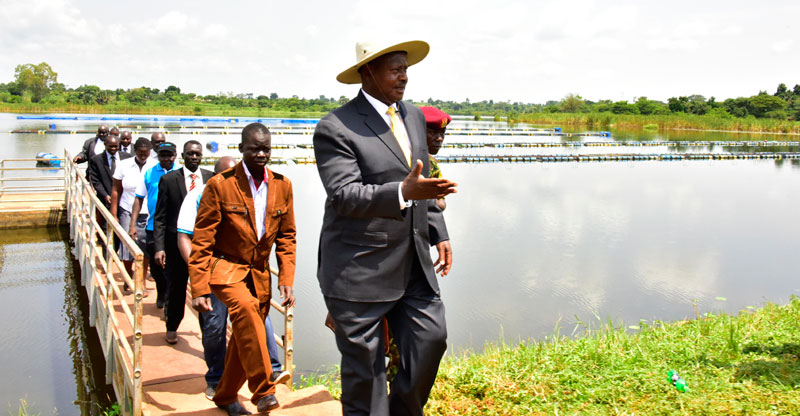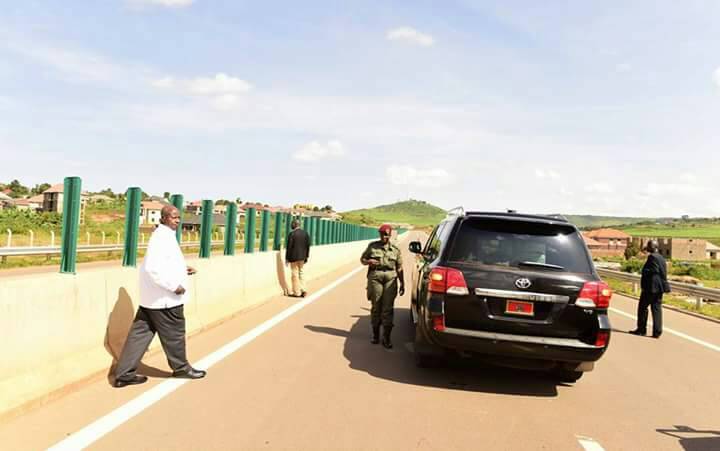
NRM is telling Ugandans how they have constructed the Entebbe Express Highway and Karuma and Ibimba Dams.
If you don’t know how to count, they cheat you.
Karama and Ibimba Dams are estimated to produce 780MW at a cost of $2,809,706 per Megawatt making at total of $2.2bn.
Lesotho has constructed a Dam of 6,000MW at a cost of $800,000 per MW totaling to $4.8bn.
Ethiopia’s largest dam in in Africa will produce 6,450MW costing $991,633 per MW totaling to $6.4bn.
ASSUMPTIONS:
If Uganda used the ($800,000) Unit cost of Lesotho to produce the 780MW we only pay $624M and save $1.576Billion. We would even double our production to 1,560MW and still have a balance.
If we used the higher unit cost of Ethiopia ($991,633), the 780MW would cost Ugandans $773,473,740 and save $1,426,526,260!!
If Uganda was to construct the Lesotho Dam of 6,000MW, it would cost the taxpayer about $17Bn instead of the $4.8bn the Lesotho people are paying.
If Uganda was to produce Ethiopia’s 6,450MW, we would pay about $18.2Bn instead of the $6.4bn.
Lets look at how much is paid in the roads.
Entebbe Express Highway is 53KM with 4 Lanes about $9M per KM, total cost $476M.

Kenya has a new Thika Highway 50KM, 8 Lanes about $7.2M per KM and total cost 360M.
If we used the balance we got from using the Lesotho cost, $1,576bn, we would have another 4 Lane Highway of 174.9KM.
If we used the balance from the Ethiopia cost, $1.426bn, we would have another 4 Lane highway of 159KM.
If we decided to use the Thika highway cost of 8 Lanes costing $7.2M and factor in our Lesotho unit cost balance $1.576Bn, we would have a 220KM 8 Lane Highway.
If we used the Ethiopia balance of $1.426bn, we would have a 200KM 8 Lane highway.
If Kenyans were given the money spent on the 53 KM, 4 Lane Ebb Express Highway of $476M. The Kenyans would construct a 66.1KM, 8 Lane Highway!!!
If they were to have a 4 Lane, they would have 120.2KM instead of Uganda’s 53KM!!!
On wonder the shs. 2.5bn Luweero- Rwenzori Project is supervised at a cost of shs. 33bn.
Oh Uganda,
May God uphold thee
Analysis by
Harold Kaija
Deputy Secretary General
FDC
